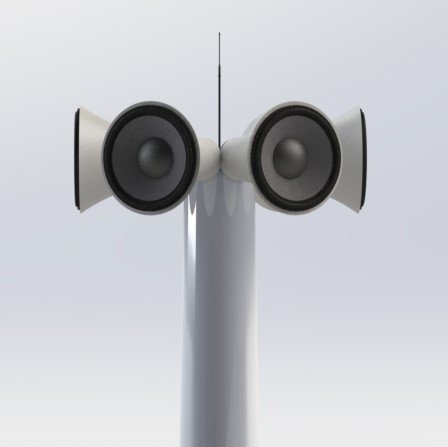Environmental Justice During the COVID-19 Pandemic
The purpose of this challenge is to use remote-sensing data and satellite images to help form a better understanding of societal trends as affected by COVID-19. Your challenge is to discern how human activity in communities of minority, low-income, tribal, and indigenous populations have changed as a result of COVID-19.
